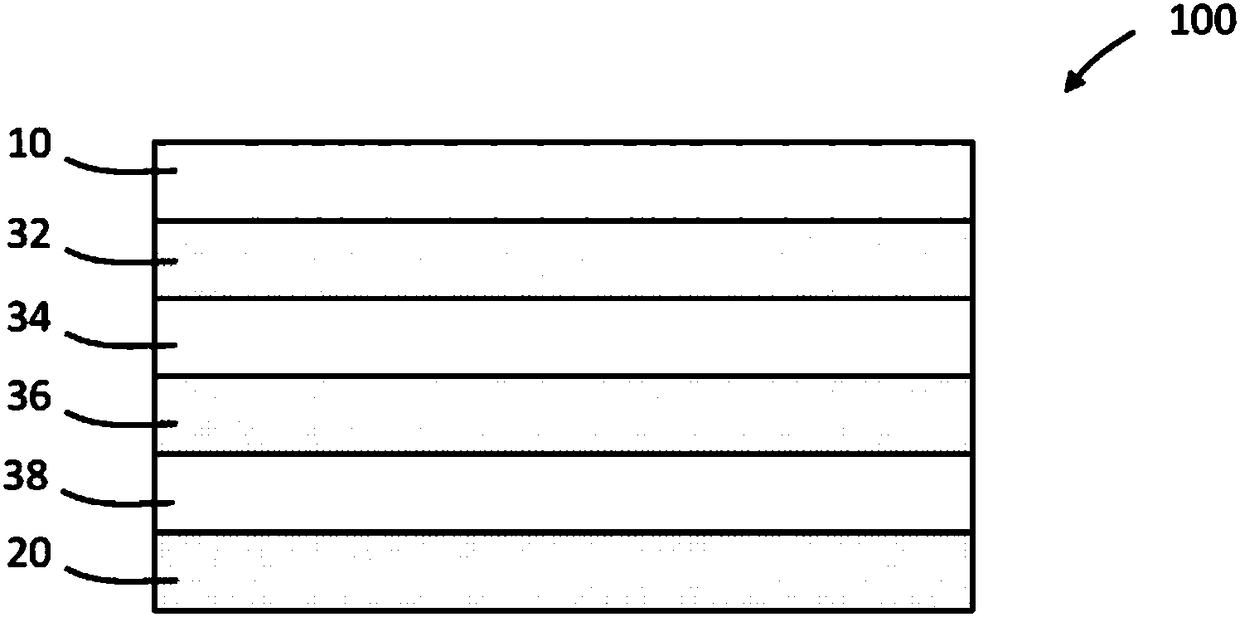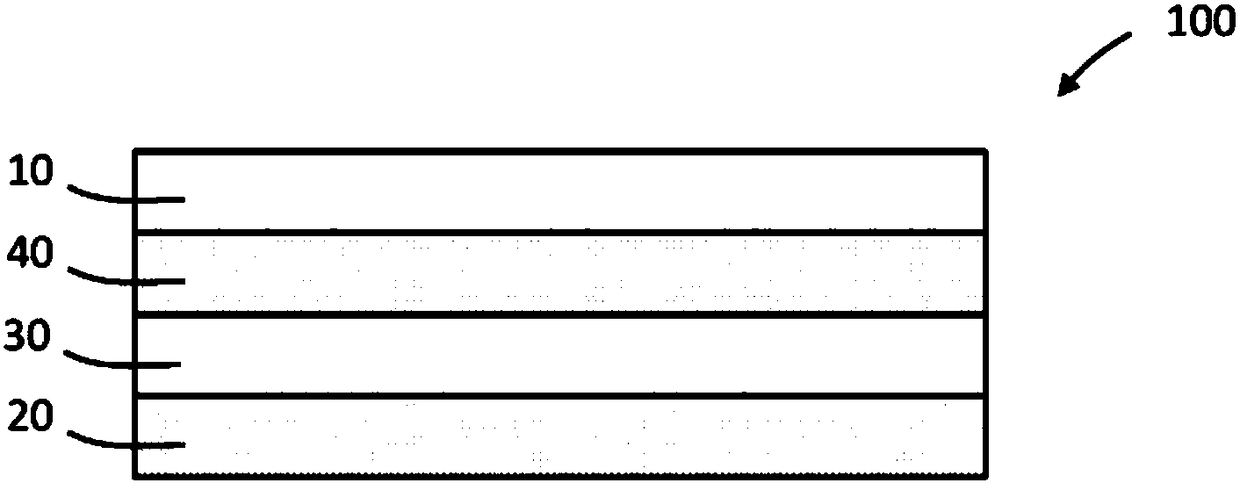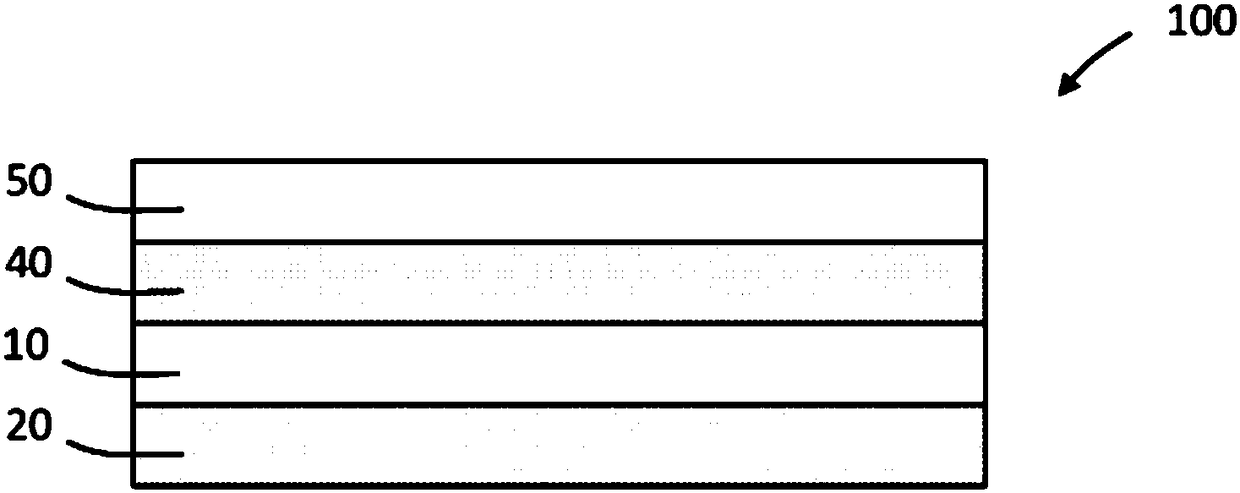Release of CIO2 gas from produce packaging film
A technology for agricultural products and packaging films, which is applied in the field of compositions for controllable release of ClO2 gas, and can solve problems such as timing that is difficult to control.
- Summary
- Abstract
- Description
- Claims
- Application Information
AI Technical Summary
Problems solved by technology
Method used
Image
Examples
Embodiment 1
[0120] A bilayer cast film consisting of a layer of EVOH and a layer of polyethylene with 16% sodium chlorite additive was extruded. Sachets were made using this film (19 cm long, 19 cm wide) with a PE layer as the inner food contact layer. The pouches were exposed to 80% RH at 35°C for about 12 hours. After conditioning, 20 g of baby spinach were filled into a sachet and sealed. Additional testing is done with empty bags. The pouch was exposed to 254nm UV for 3 or 5 seconds (one side only). The concentration of chlorine dioxide produced in the pouch was recorded using a PortaSens II gas leak detector. Concentration measurements were taken approximately 1 min after UV exposure. The results are shown in Table 2. ClO in a sachet with spinach 2 The lower readings are theoretically due to ClO 2 Degradation due to reduction by the contents of the sachet.
[0121] Table 2: Chlorine dioxide concentrations in sealed pouches with and without spinach.
[0122]
Embodiment 2
[0124] To verify its efficacy against pathogenic bacteria, samples of sachets were sent to the Institute for Food Safety and Hygiene (IFSH) for microbiological studies, where they were filled with 30 grams inoculated with L. monocytogenes lettuce, the initial count was 7.6E+06CFU / g. The pouch has the same structure and dimensions as the produce package example 1. The pouches were exposed to 254nm UV radiation for 3s or 5s and analyzed for microbial kill at 1 and 5 days. It should be noted that the control samples did not contain any ClO 2 Additives (LDPE sealant laminated to OPP). Contains ClO 2 The sachets were pre-humidified to 80% RH or left unconditioned. The moisture needed to generate chlorine dioxide in the dry sample comes from the lettuce. Chlorine dioxide was observed to be capable of 4-5 log kills 5 days after inoculation and packaging. The results are summarized in Table 3.
[0125] Table 3: Log counts of L. monocytogenes inoculated lettuce
[0126]
PUM
| Property | Measurement | Unit |
|---|---|---|
| Thickness | aaaaa | aaaaa |
| Thickness | aaaaa | aaaaa |
| Oxygen permeability | aaaaa | aaaaa |
Abstract
Description
Claims
Application Information
 Login to View More
Login to View More - R&D
- Intellectual Property
- Life Sciences
- Materials
- Tech Scout
- Unparalleled Data Quality
- Higher Quality Content
- 60% Fewer Hallucinations
Browse by: Latest US Patents, China's latest patents, Technical Efficacy Thesaurus, Application Domain, Technology Topic, Popular Technical Reports.
© 2025 PatSnap. All rights reserved.Legal|Privacy policy|Modern Slavery Act Transparency Statement|Sitemap|About US| Contact US: help@patsnap.com



